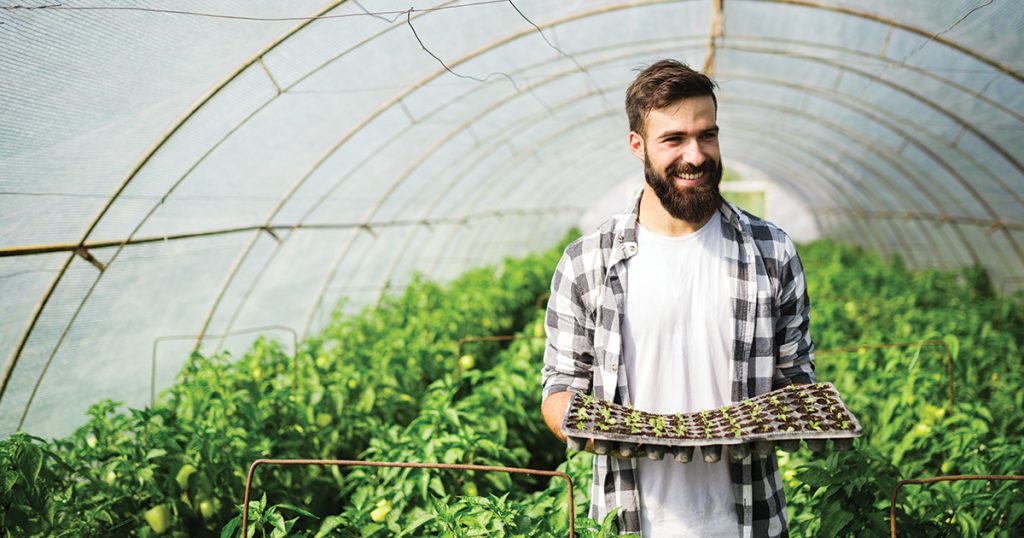The world’s populace is on the continual increase, putting unparalleled strain on international food systems. To fulfill the expanding requirement for food production, agriculture has been having a change, with technology playing a critical position. Probably the most guaranteeing enhancements in this connection may be the integration of Laboratory Information Management Systems LIMS into smart farms. LIMS, generally linked to medical laboratories, are confirming to become an effective instrument in improving agricultural processes, maximizing productivity, and ensuring food safety. Smart farms, often known as precision agriculture, leverage slicing-advantage technologies like sensors, IoT products, data analytics, and automation to monitor, examine, and optimize different areas of farming. From monitoring soil moisture levels and weather conditions to controlling livestock and crop health, smart farms generate a vast amount of data. This data-driven method will allow farmers to make well informed judgments, reduce source waste, and increase deliver.
Laboratory Information Management Systems are software programs designed to streamline and centralize the management of laboratory data, samples, and procedures. While traditionally utilized in technological analysis, LIMS may be adjusted to agricultural contexts to manage the sophisticated data produced by smart farms. Here’s how LIMS play a role in cultivating smart farms:

Data Integration and Management: Smart farms make data from various resources, for example sensors, drones, and satellite imagery. LIMS permit seamless integration of such diversified data streams, offering an all-natural view of the farm’s operations. This included data are able to be used to establish tendencies, foresee probable problems, and optimize source of information allocation and visit here now https://atlab.com/industries/agriculture-farming-lims/.
Precision Farming: LIMS facilitate precision farming by permitting farmers to analyze data on soil quality, nutrient levels, and crop growth styles. Using this type of information, farmers can customize their agricultural practices, like irrigation and fertilization, to particular aspects of their areas. This focused strategy reduces waste and ensures optimum crop growth.
Livestock Management: Along with crop cultivation, smart farms typically involve livestock management. LIMS can help monitor the health and properly-getting of wildlife by managing data associated with their feeding agendas, growth rates, and medical information. This helps to ensure that livestock obtain the proper care and nourishment, resulting in better productivity.
Traceability and Food Safety: As consumers are more alert to food safety and quality, traceability of produce gets to be crucial. LIMS can track all the production procedure, from planting to harvesting and syndication.
Decision Help: LIMS offer advanced stats tracking and reporting features which allow farmers to produce educated decisions. By examining ancient data and styles, farmers can adjust their strategies for the upcoming planting conditions, factor in market requirements, and maximize their supply chains.
Regulatory Compliance: Agriculture is subject to a variety of rules and criteria. LIMS will help farmers stick to these regulations by documenting processes, making sure appropriate record-maintaining and facilitating audits.
Remote Monitoring and Management: LIMS could be used from another location, allowing farmers to monitor and deal with their operations even while they are not physically present around the farm. This remote control accessibility improves performance and minimizes the need for frequent on-site oversight.